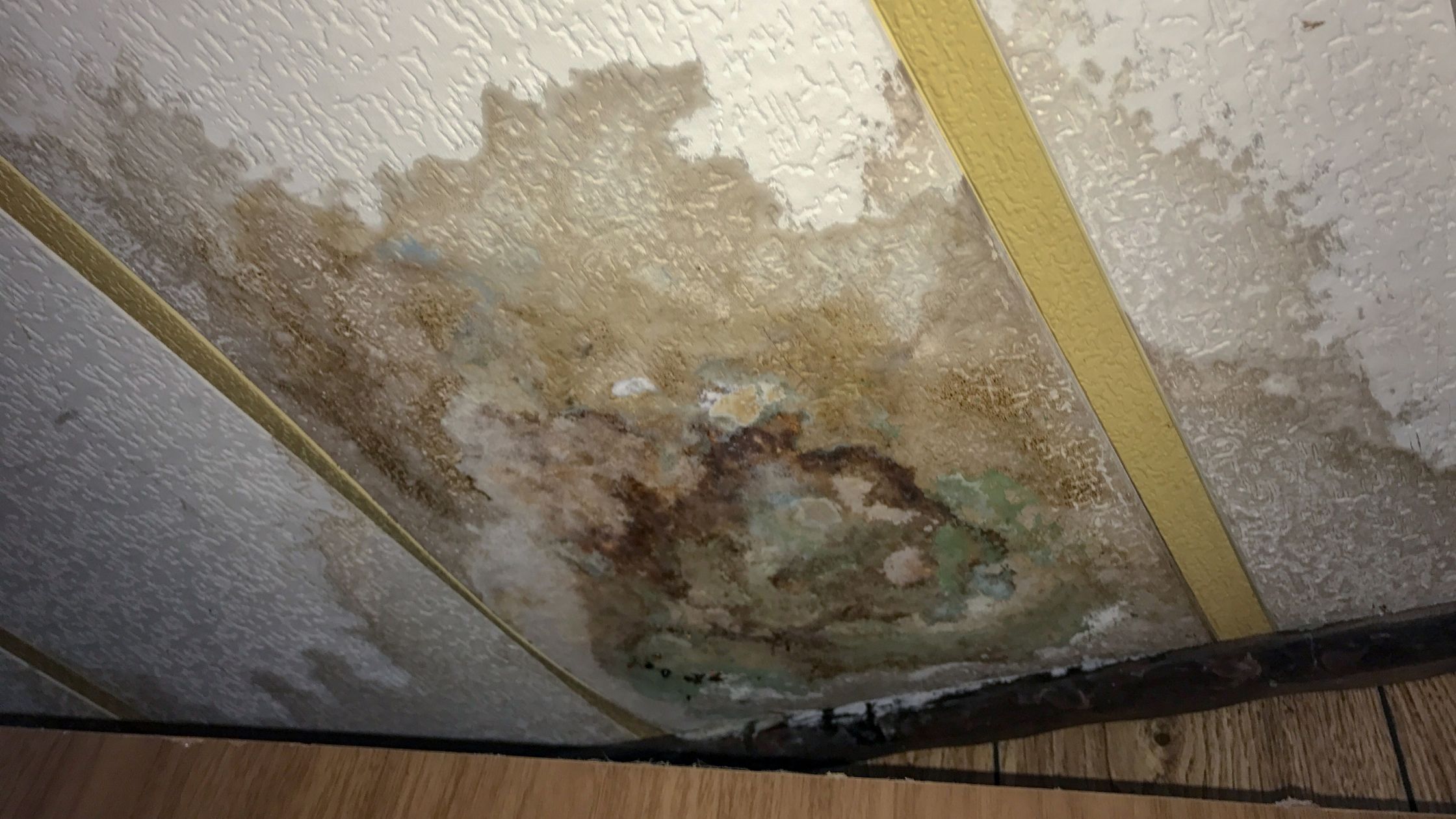Efficient Water Reduction Strategies You Need to Know
Water damages can be a disruptive and costly issue for building proprietors, making it essential to be well-versed in reliable water mitigation techniques. From very early detection and examination to effective water extraction approaches and complete drying strategies, there are vital actions to take in mitigating water damages.

Early Detection and Assessment
Very early discovery and evaluation are important steps in the procedure of water reduction to identify and address possible sources of water damage without delay. Determining these issues early on can prevent more acceleration of water damages, eventually saving time and sources in the mitigation procedure.
Additionally, early discovery enables speedy action to be absorbed drying affected locations and implementing essential repair work to stop mold and mildew growth, architectural wear and tear, and various other long-term effects of water damage. Prompt intervention not just mitigates the instant impact of water invasion yet likewise aids in preserving the honesty and safety of the property in the lengthy run. Therefore, focusing on very early detection and assessment as basic elements of water reduction strategies is vital for reliable troubleshooting and repair initiatives.
Effective Water Removal Approaches
Detection and evaluation are crucial actions in any kind of water mitigation process, laying the foundation for effective water extraction approaches to promptly get rid of excess water from affected areas. Once the degree of water damage is examined, it is crucial to utilize efficient removal strategies without delay. Water removal can be achieved via various methods, including using powerful pumps, wet vacuums, and dehumidifiers.
Professional water mitigation teams typically use completely submersible pumps to swiftly eliminate big quantities of water from the facilities. These pumps can extracting water at a rapid speed, decreasing the danger of additional damage to the residential property. Wet vacuums are also commonly used to target smaller sized locations or hard-to-reach areas where standing water continues.
Additionally, dehumidifiers play a key duty in the water removal process by decreasing moisture degrees in the air and accelerating the total drying out time - water mitigation company malta ny. By combining these removal techniques strategically, water reduction experts can efficiently extract water, alleviate damage, and prevent mold and mildew growth, inevitably bring back the affected location to its pre-loss condition
Thorough Drying Strategies
To make sure comprehensive water damage reduction, thorough drying methods are crucial in eliminating residual dampness and preventing potential structural concerns. After water removal, the from this source focus shifts to drying the impacted locations entirely.
In cases of water damage, permeable products like drywall and carpets can trap wetness, causing mold and mildew development and structural weakening if not sufficiently dried out. To resolve this, specialists may utilize customized tools such as moisture meters to measure wetness degrees within products, making certain thorough drying. In addition, the elimination of baseboards or piercing little openings in wall surfaces may assist in drying out in wall surface dental caries where wetness can stick around unseen.
Mold And Mildew Avoidance and Removal
Adhering to the comprehensive drying out techniques in water mitigation, the emphasis now shifts in the direction of attending to mold avoidance and remediation to safeguard versus prospective carcinogen and architectural damage. Mold and mildew can rapidly develop in locations affected by water damages, positioning serious wellness dangers and endangering the stability of the building. To avoid mold development, it is vital to promptly get rid of any water-damaged products, as well as extensively clean and decontaminate the affected locations. Proper ventilation and dehumidification additionally play essential duties in mold avoidance by reducing wetness levels that promote mold and mildew growth.
It is crucial to attend to mold issues without delay and properly to stop further damages and make sure the safety of occupants. By applying these mold and mildew prevention and removal methods, the risks linked with water damages can be considerably reduced.
Architectural Repair Work and Restoration

Restoration initiatives typically extend past architectural repair work to consist of aesthetic enhancements. Painting wall surfaces, replacing floor covering, and attending to any noticeable water spots prevail techniques. It is essential to not only fix the structural damages but additionally to bring back the aesthetic appeals of the space. Furthermore, addressing any kind of lingering dampness issues and making sure appropriate ventilation can aid stop future structural damages and mold and mildew growth. By promptly and successfully addressing structural concerns post-water damage, residential or commercial property proprietors can Website safeguard their structures and recover them to their pre-damage condition.
Conclusion
Finally, reliable water reduction techniques such as early detection, effective water removal, thorough drying, mold prevention, and structural repair work are vital in decreasing damages and restoring affected areas (water mitigation company malta ny). By complying with these steps carefully, homeowner can minimize the influence of water damages and stop additional problems such as mold growth. It is essential to act quickly and employ these techniques to ensure a successful water reduction procedure
Water damage can be a costly and turbulent concern for residential property proprietors, making it important to be skilled in effective water reduction strategies. From early detection and examination to reliable water extraction methods and thorough drying out methods, there are vital steps to take in mitigating water damages.Early detection and examination are vital steps in the procedure of water reduction to you can look here identify and resolve prospective sources of water damages immediately.Detection and examination are important steps in any kind of water mitigation procedure, laying the foundation for reliable water extraction approaches to quickly remove excess water from influenced areas.In verdict, effective water reduction techniques such as very early detection, reliable water extraction, detailed drying, mold and mildew prevention, and architectural repair are critical in reducing damages and restoring impacted areas.
Comments on “Swift Mold Mitigation Saratoga Services: Restoring Your Home's Health”